Fact Check Guidelines Have Changed
Google recently made developments around the fact check ClaimReview data structure guidelines to disallow multiple ClaimReview flags per page. As of now, users only get a single ClaimReview element per page. Google wrote that it “removed guidance about hosting multiple fact checks per page”. As a result, eligibility for the single fact checks rich result is determined by the page that only has a single ClaimReview element.
However, if multiple reviewers looking at the page check the same fact, you can opt for a separate ClaimReview element for each analysis. Pages hosting ClaimReviews must also have at least a brief summary. On the other hand, it seems the algorithm prefers the full text and evaluation. If you have multiple ClaimReview elements present on a single page, it’s time to start trimming them down. Show only one from now on.
This is in line with Google’s general guidance to only have one page per structured data element.
Google Does not Ignore Edu Links
It’s common discourse that domains with a surplus of outbound links tend to be ignored by Google. Edu domains typically cite sources and link to other resources, so people think that Google probably ignores most of them. However, John Mueller of Google recently said it is wrong to claim that Google ignores a big chunk of them because of their outbound links. He says that “People who focus on .edu links usually have bigger problems to worry about”. He also added he “Certainly never said what you’re suggesting”. Based on that, it seems Google does not have a policy or algorithm that ignores Edu links by default. This leads us to believe that it certainly does not ignore all of them.
This misconception has been fueled by reports that several Edu links include paid and spay links. John even seemed to suggest that Google ignored many links because of this. He also implied that users who feature promotional links like that would be better off not following those links.
The biggest of the Google developments is that the algorithm ignores links that it knows are spam. In Google’s eyes, Edu domains trend towards linking to sites such as that.
DV360 Gets New Metrics
Google added developments to its campaign management suite, Display & Video 360. The program gained a real-time view of reach gains which may help advertisers monitor and track the performance of their campaigns. The feature is a dedicated data visualization service. It shows reach gains for individual campaigns across various channels. Additionally, it has the ability to set frequency goals at the campaign level. DV360 will also determine the added reach advertisers are getting for each Programmatic Guaranteed deal which utilizes DV360’s frequency manager solution.
DV360 uses data from logs to compare reach values by a multifaceted cross-channel again against the reach that advertisers would have gotten through individual advertising campaigns, and each has its own unique single-channel and its own frequency goals. Users can also access the information outside the visualizer at the advertiser or partner-level. Simply request an offline report in the usual DV360 reporting spaces.
This tool is another powerful metric that enables marketers to see how effective their strategies have been for a given period, and determine how long or short of a given goal they’ve been, track changes over time and observe all of these metrics in real-time. This will help advertisers manage programmatic campaigns across whatever channels they’re using and might also help advertisers save time by zeroing in on an effective strategy rather than experimenting over several different untested media types.

